I’vent found any detailed pictures of the xBAND Adapter for Super Famicom/Super Nintendo. So I thought I’d share mine.
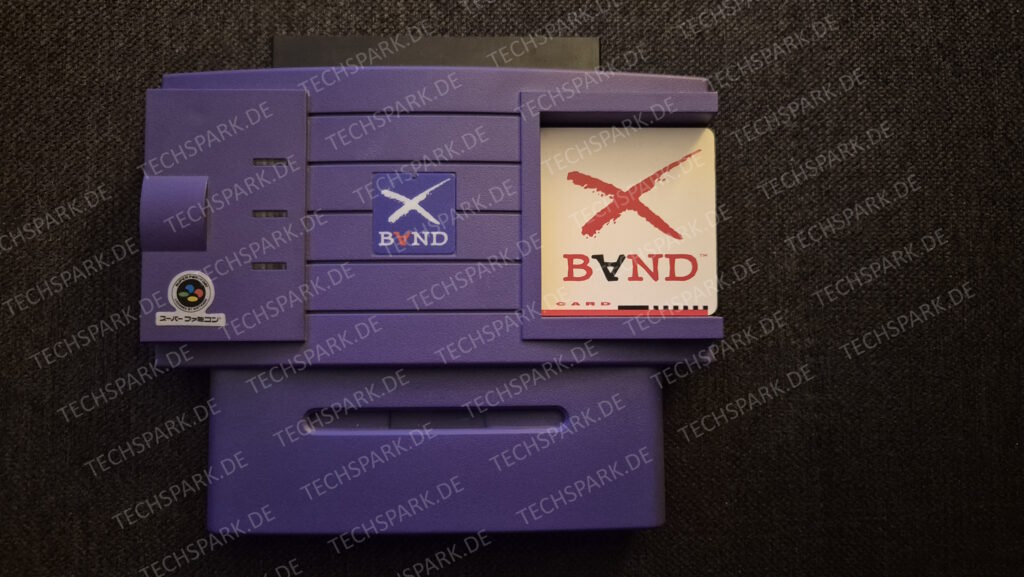
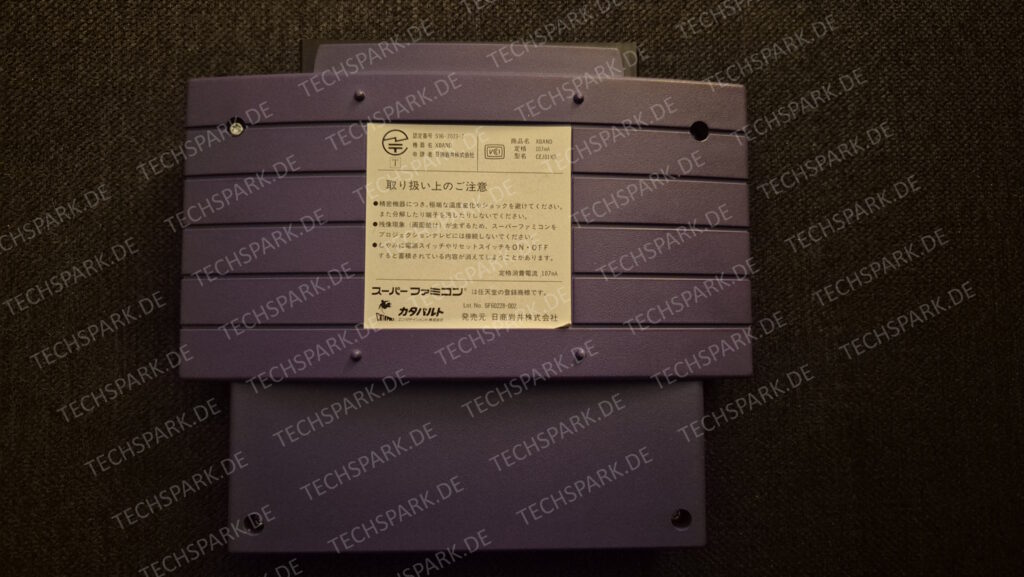
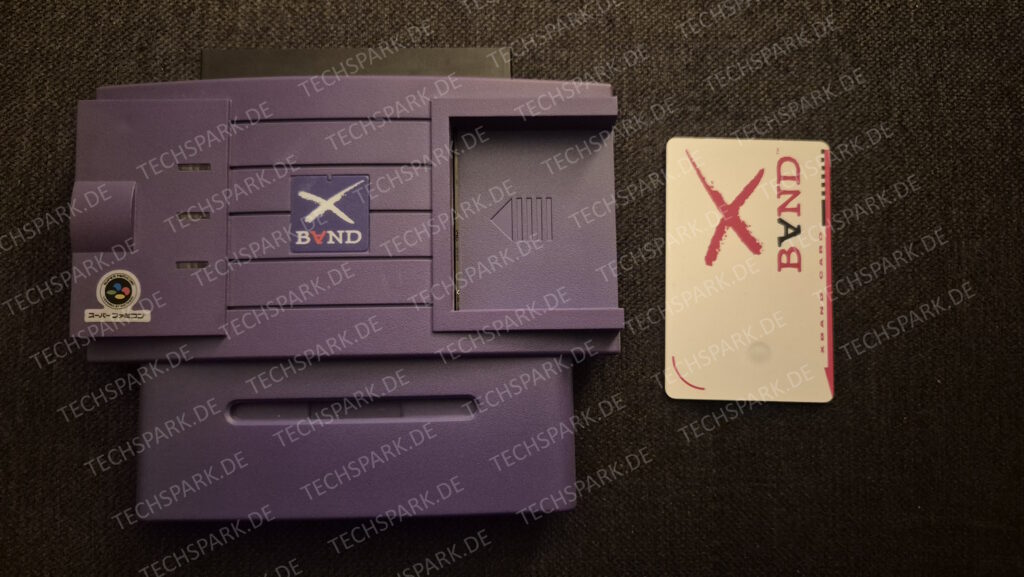
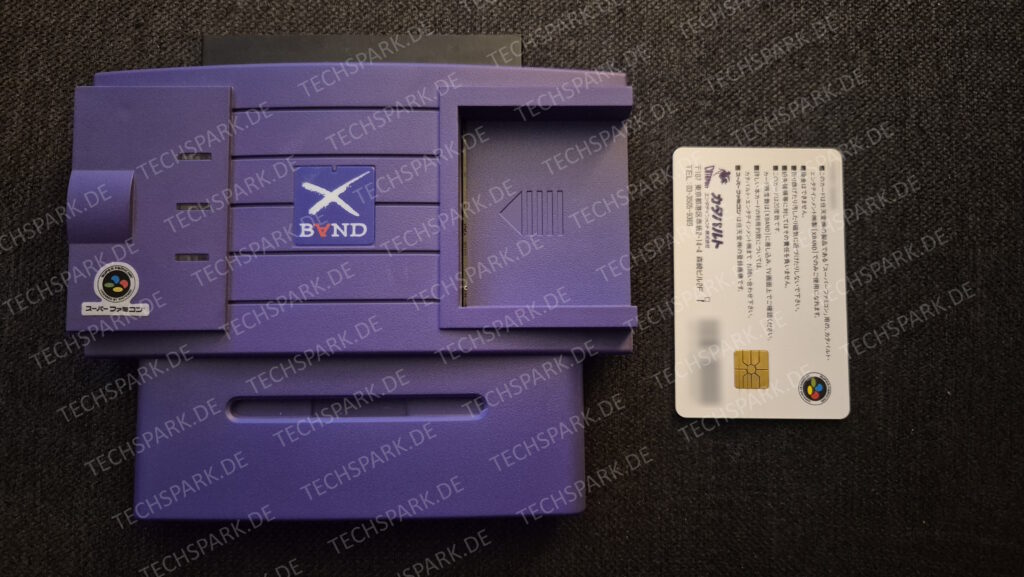
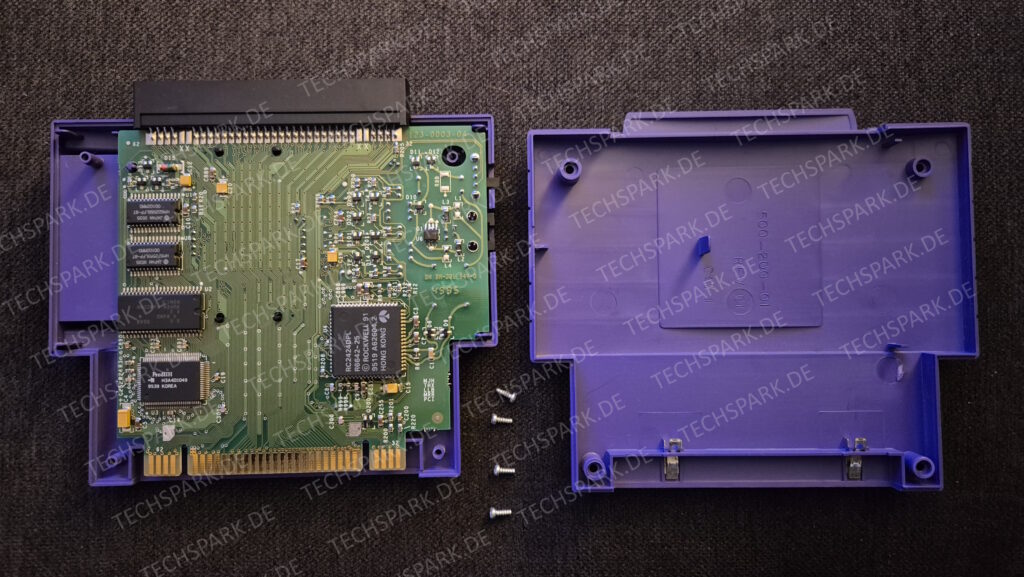
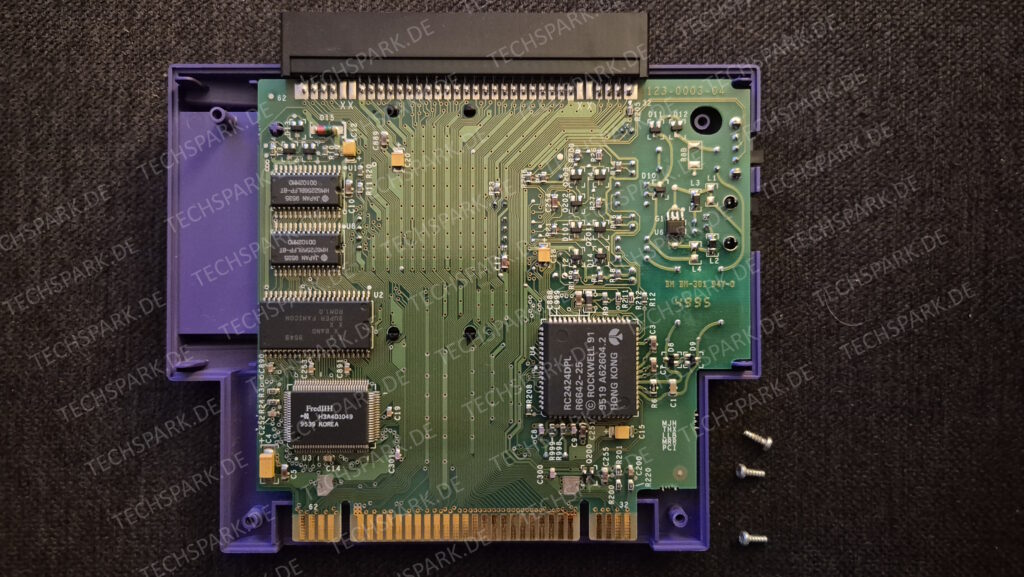
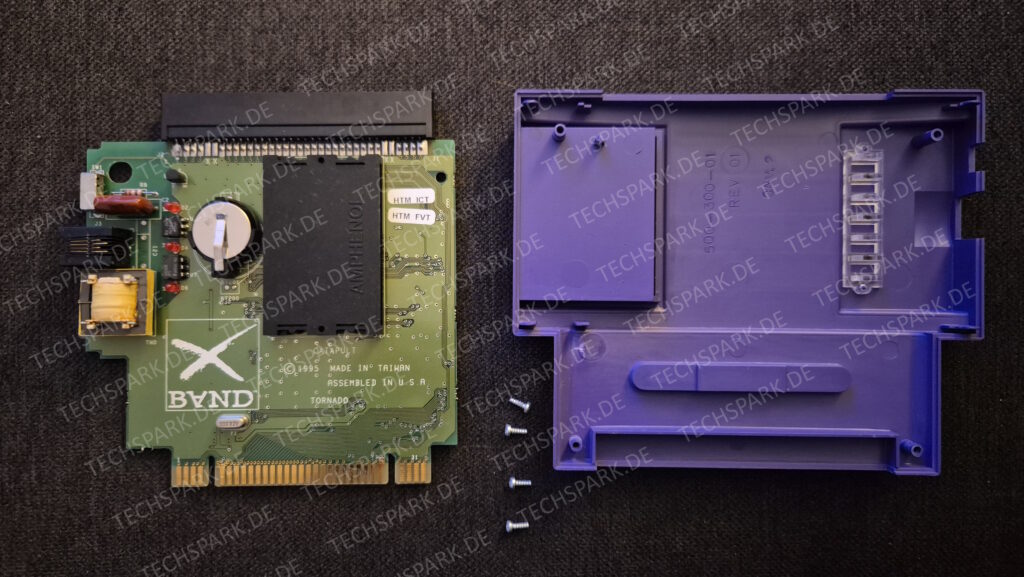
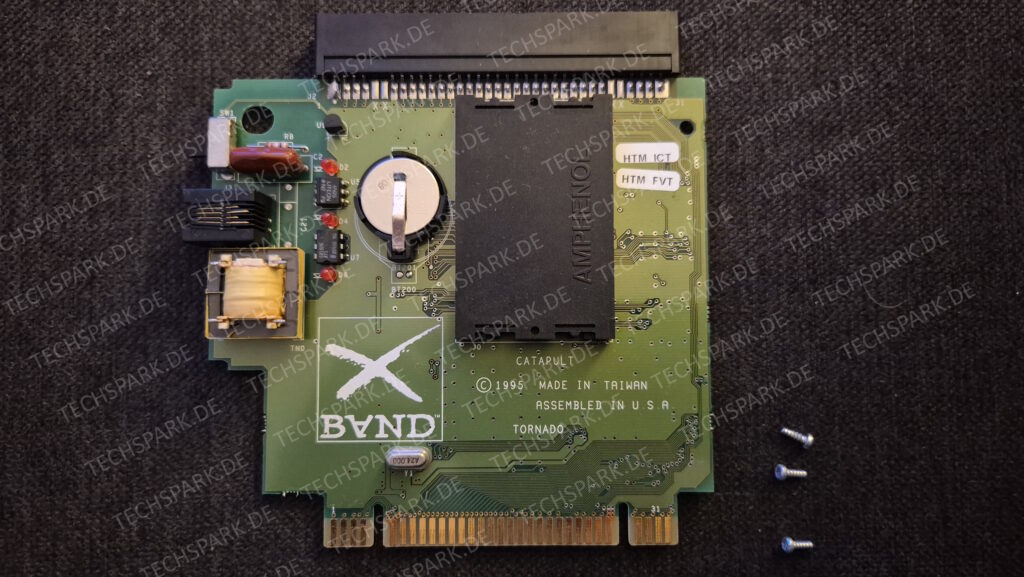
Firmware Archive for Gigabyte ITE IT5701/ 5702. This firmware is responsible for Monitoring, RGB, Fans etc.
1.0.0.4: Download
SHA256: 83D9AAC6F7076C4B641648978D996C28A4956AAC7A3C709E22C83C07D1BE7FD0
1.0.0.7: Download
SHA256: E7FCF0F3BBB3A20FBAF34BE6DE6337CC2D3F91A362D6BBFD045A59E211C3F950
1.0.0.9: Download
SHA256: AD4B180827758518CB10904E8EF38FC9F85076C40B59A3AEE0157BDD8BF73F85
During the the installation of a VMware VIB file I lost connectivity to my usb stick containing the installation of esxi. Facing the following errors within ESXi Log:
Could not install image profile: Failed to copy files from /tmp/stagebootbank to /altbootbank: [Errno 5] Input/output error
Device or filesystem with identifier mpx.vmhba32:C0:T0:L0 has entered the All Paths Down Timeout state after being in the All Paths Down state for 140 seconds. I/Os will now be fast failed.
Lost connectivity to storage device mpx.vmhba32:C0:T0:L0. Path vmhba32:C0:T0:L0 is down. Affected datastores: BOOTBANK1″, “BOOTBANK2”, “LOCKER-624c4a59-8a3bf37a-8986-e435c87de92a.
After a reboot I saw the error message “BANK5: not a VMware boot bank” however BOOTBANK2 was intact so ESXi was booting with last working state from BOOTBANK2 (BANK6 in my case). Checking with “ls /altbootbank” I saw that alot of files where missing. I started to check if the filesystem was damaged with:
#Check ESXi bootbank device
vmkfstools -P /altbootbank
#Check and repair filesystem
dosfsck -r -w /dev/disks/mpx.vmhba32:C0:T0:L0:5While mpx.vmhba32:C0:T0:L0:5 is the output of the previous command and :5 is the partition number. So :5 is BANK5 and :6 is BANK6.
Afterwards you can completely copy over the contents of /bootbank to /altbootbank with “cp”. You need to edit boot.cfg and modify “updated” to a number lower (-1). While the next VIB or update/patch you install on esxi will completely maintain the bootbanks again.
Recently I acquired a Fujitsu Futro S740. Its sold as a thinclient, but is technically a full blown pc with a small SSD (8 or 16GB). I replaced it with a M.2 2280 B+M Key SSD and planned to use it as “Retrostation”. I tried recalbox, however the S740 only allows GPT/EFI boot, there is no legacy mode anymore. So I tried batocera. It boots well from the USB Stick but after installing to the SSD from the Menu it doesn’t boot.
You can fix this by booting a Live Linux Distribution of your choice. I used Ubuntu MATE, can be downloaded here and burned to an USB Flashdrive with Rufus. Afterwards boot with the USB Flashdrive and then you just register it to the BIOS via Terminal (Start Menu -> System Tools -> Terminal):
efibootmgr -c -d /dev/sda -p 1 -L "Batocera" -l '\EFI\BOOT\bootx64.efi'The command won’t work from within Batocera, using a bootable linux of an USB stick is mandatory.
Reboot and have fun.
I was trying to install NAS4Free (FreeBSD) on a HP ProLiant DL380G7. I entered Configuration Utility for the RAID Controller (HP Smart Array P410i) and removed all logical drives, as there is no need for a hardware raid if you’re going to use ZFS. I assumed no logical drives = JBOD but I was wrong.
The HP Smart Arry P410i does not support JBOD Configuration. HP seems to be aware of this so they created a…hmm… kind of a workaround. Simply boot up the latest smartstart package and start the smart storage configuration utility. In there you can create an array with RAID0, there is even a button for it.
Press “Create Array with RAID 0”.
Select all available disks.
After that you created a RAID0 on each physical drive.
Thats it. Its no pass-through but works like jbod.
Good luck.
If you like this content, you can buy me a coffee
Recent Comments